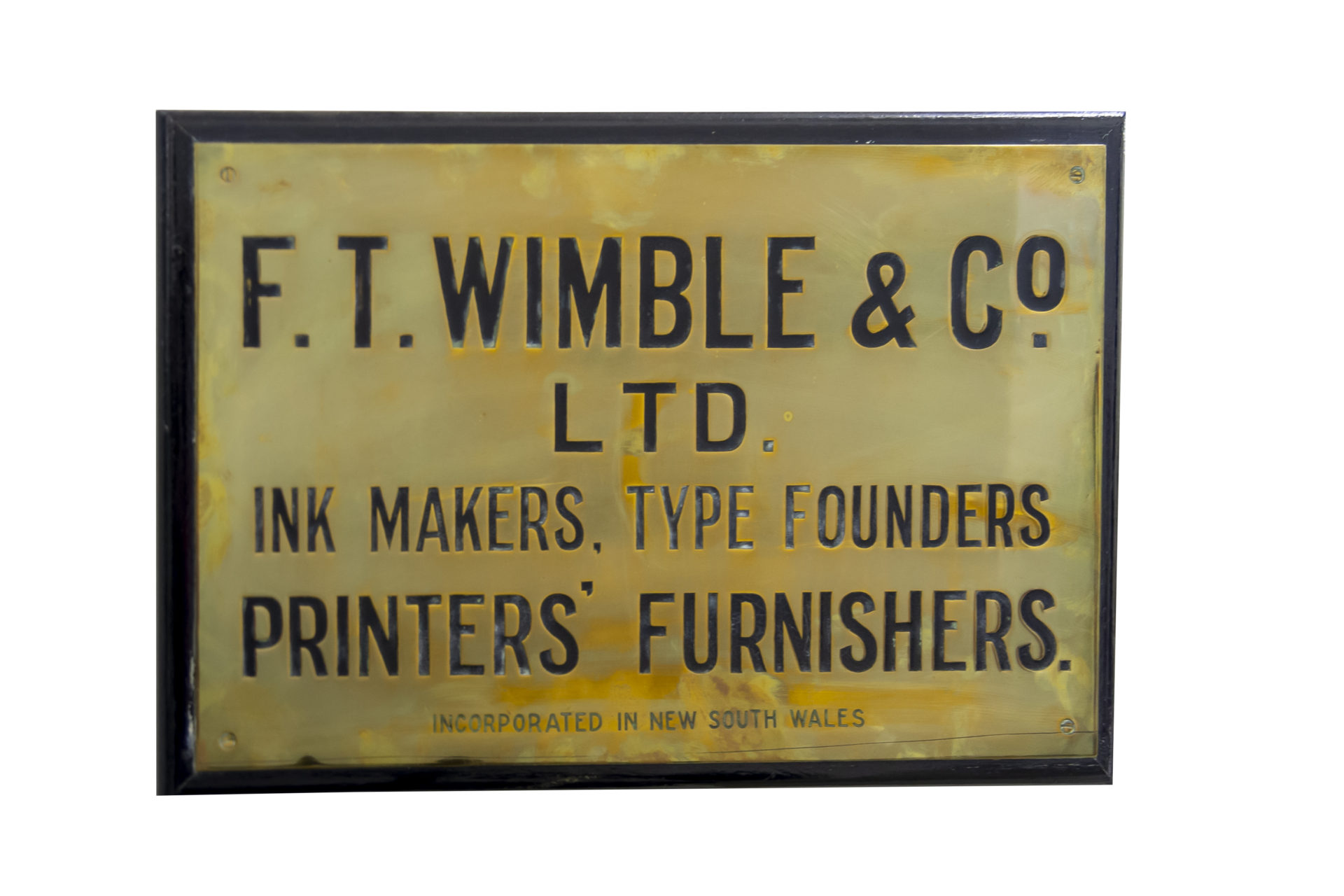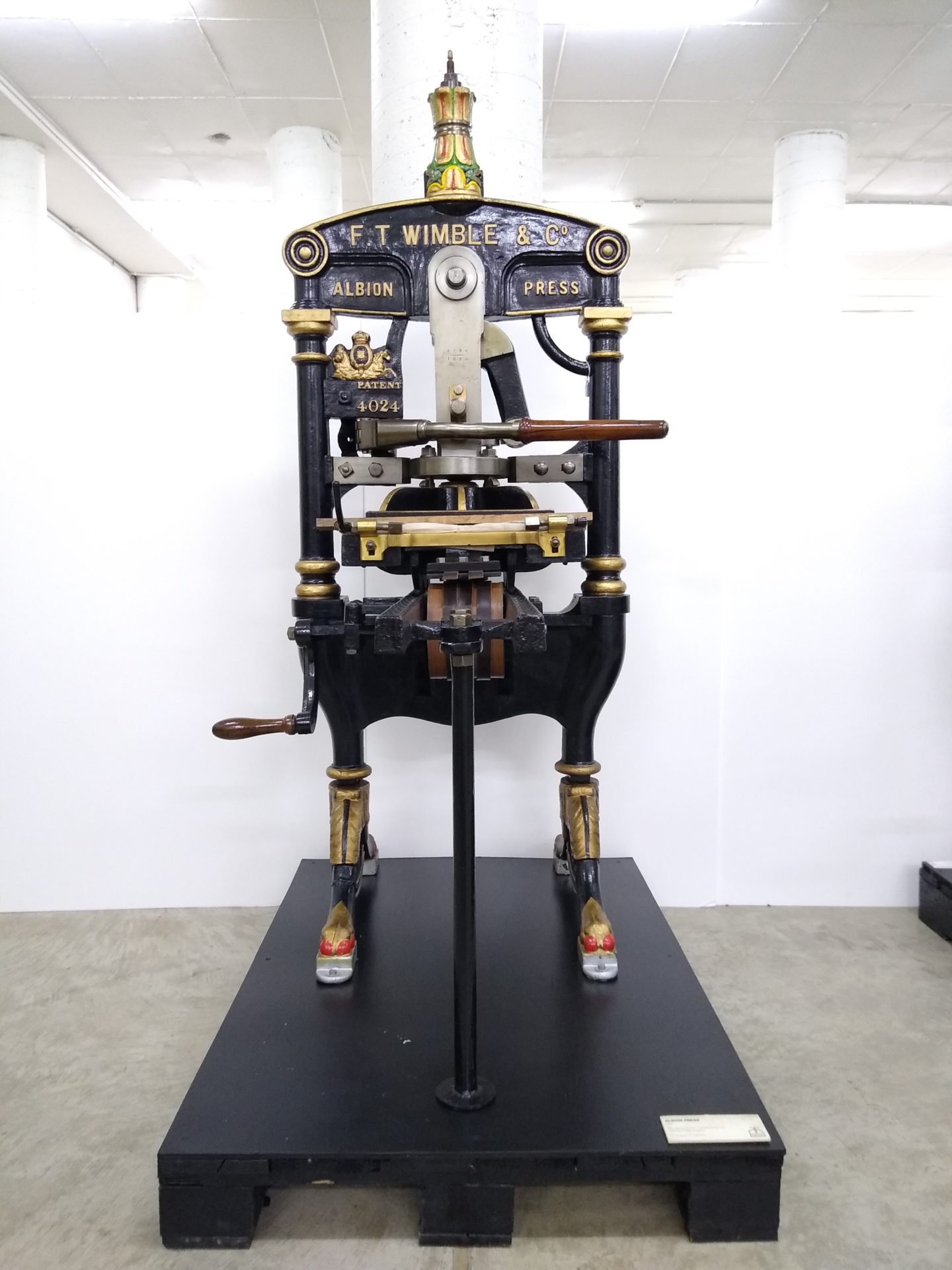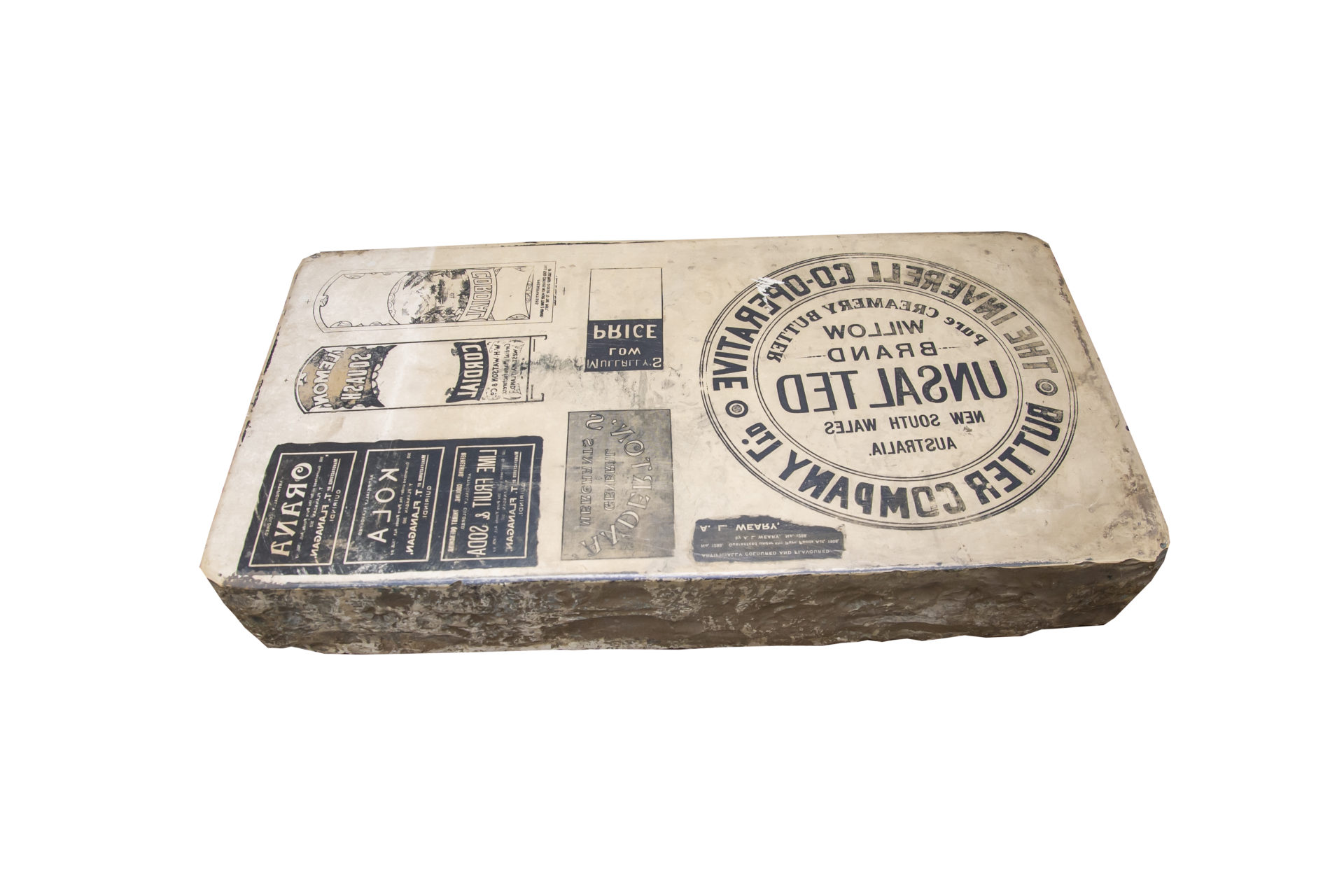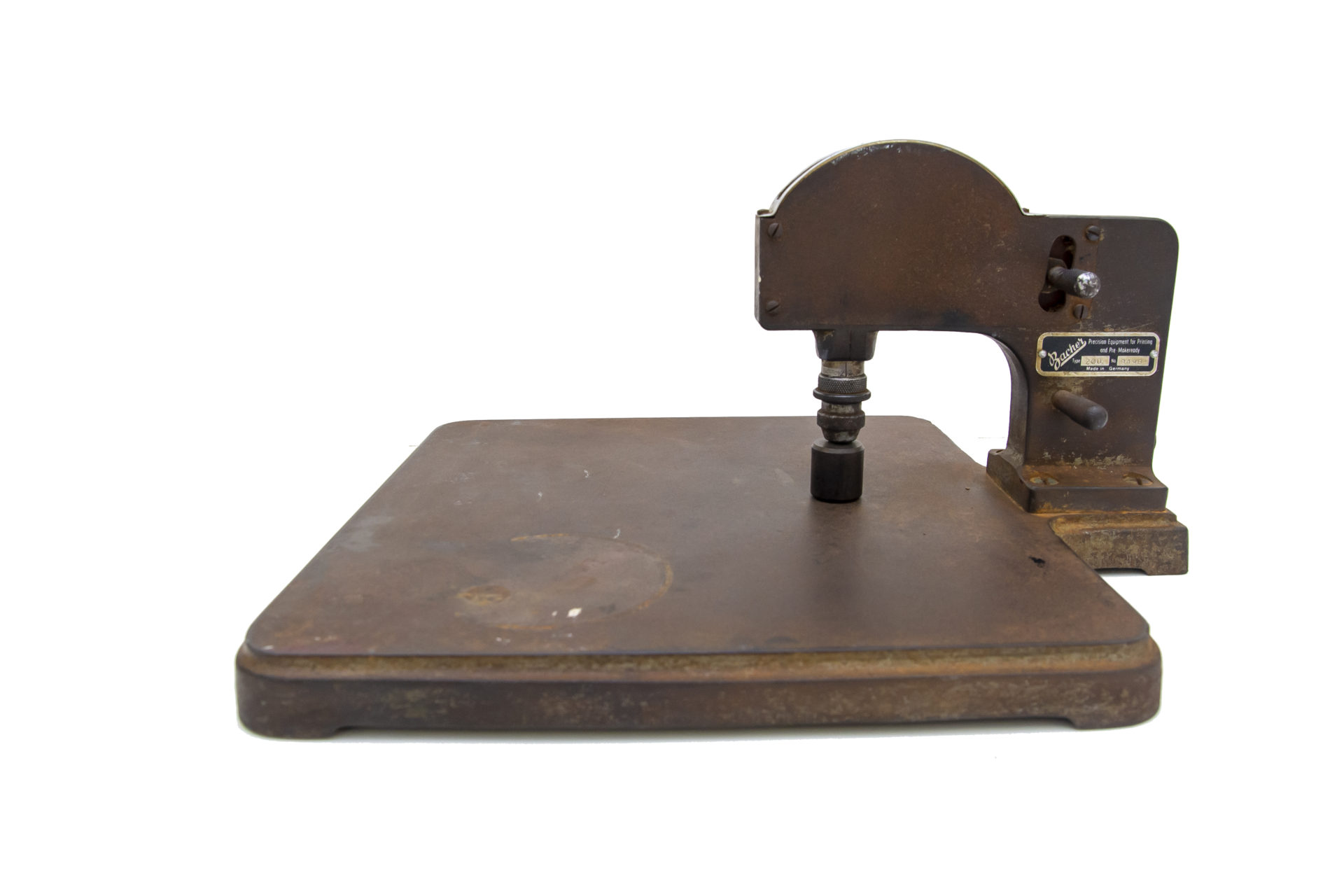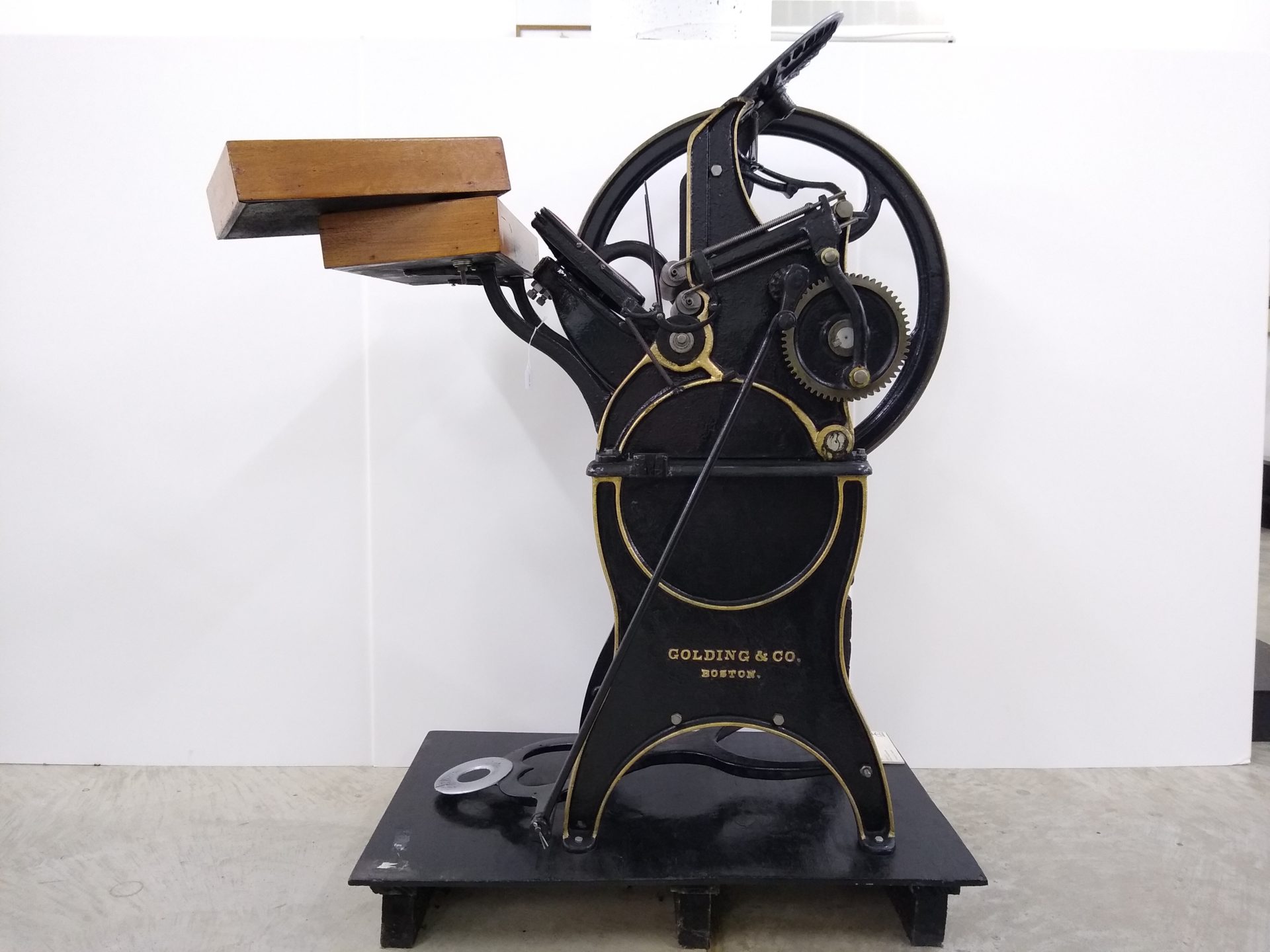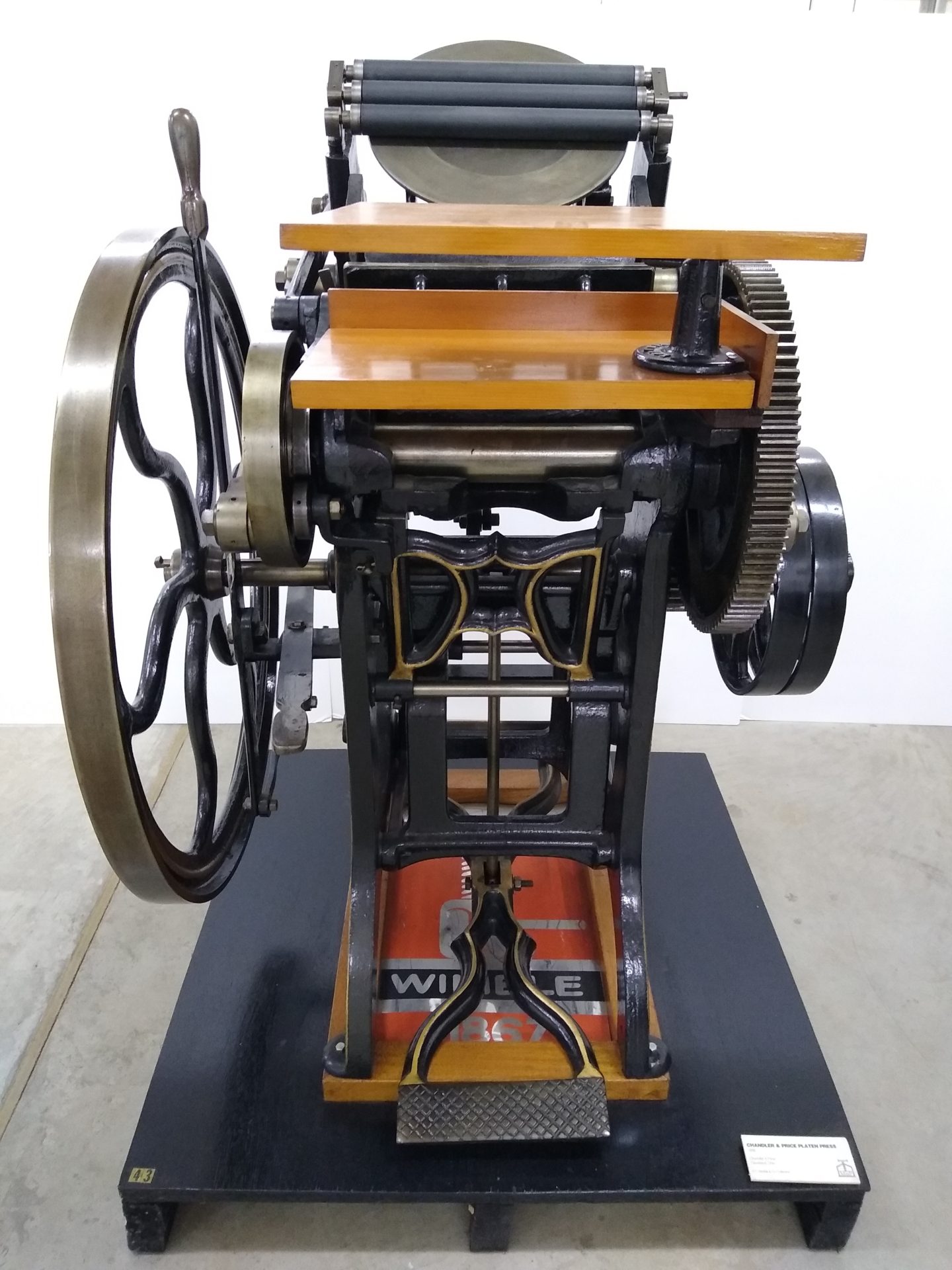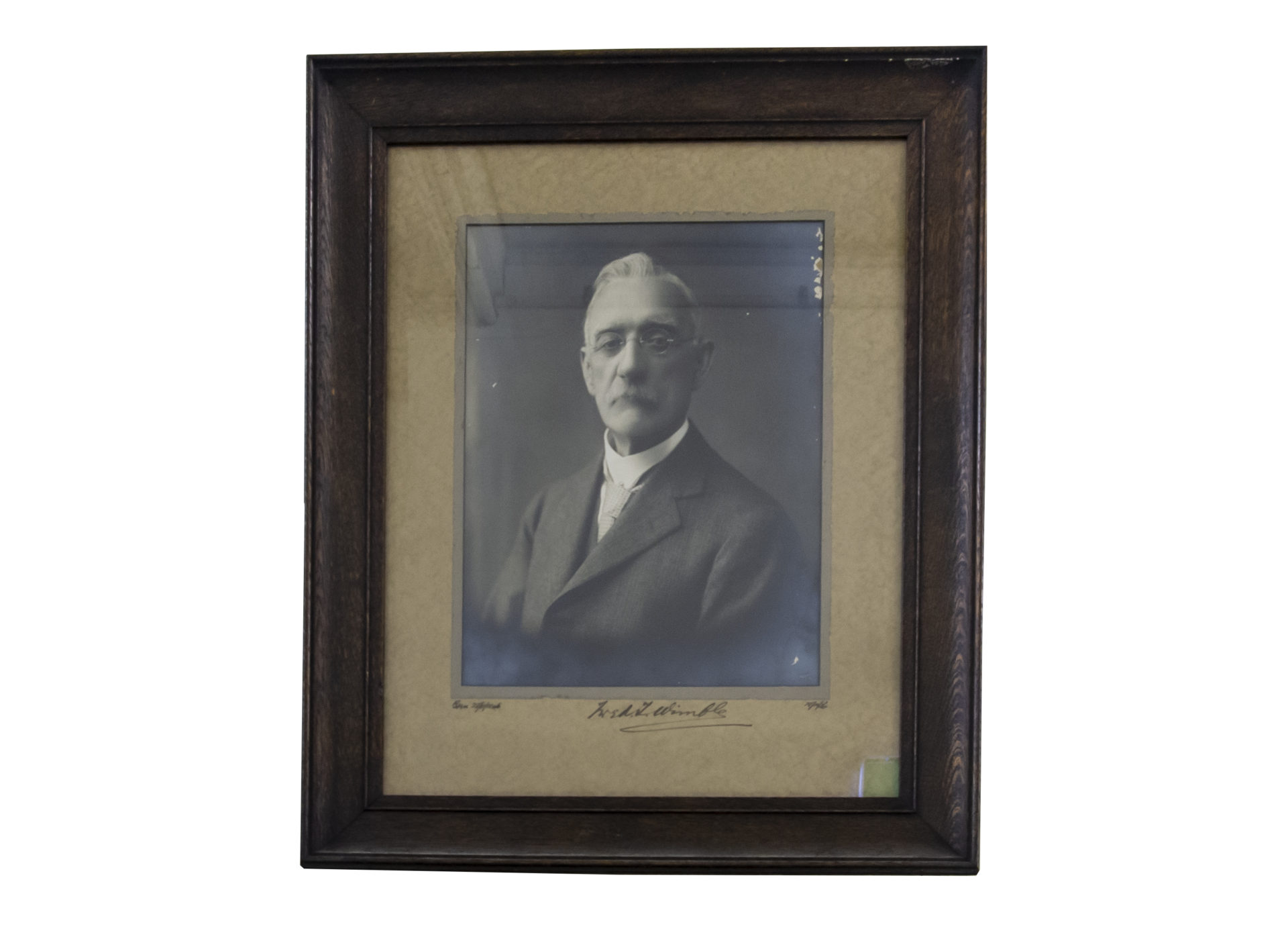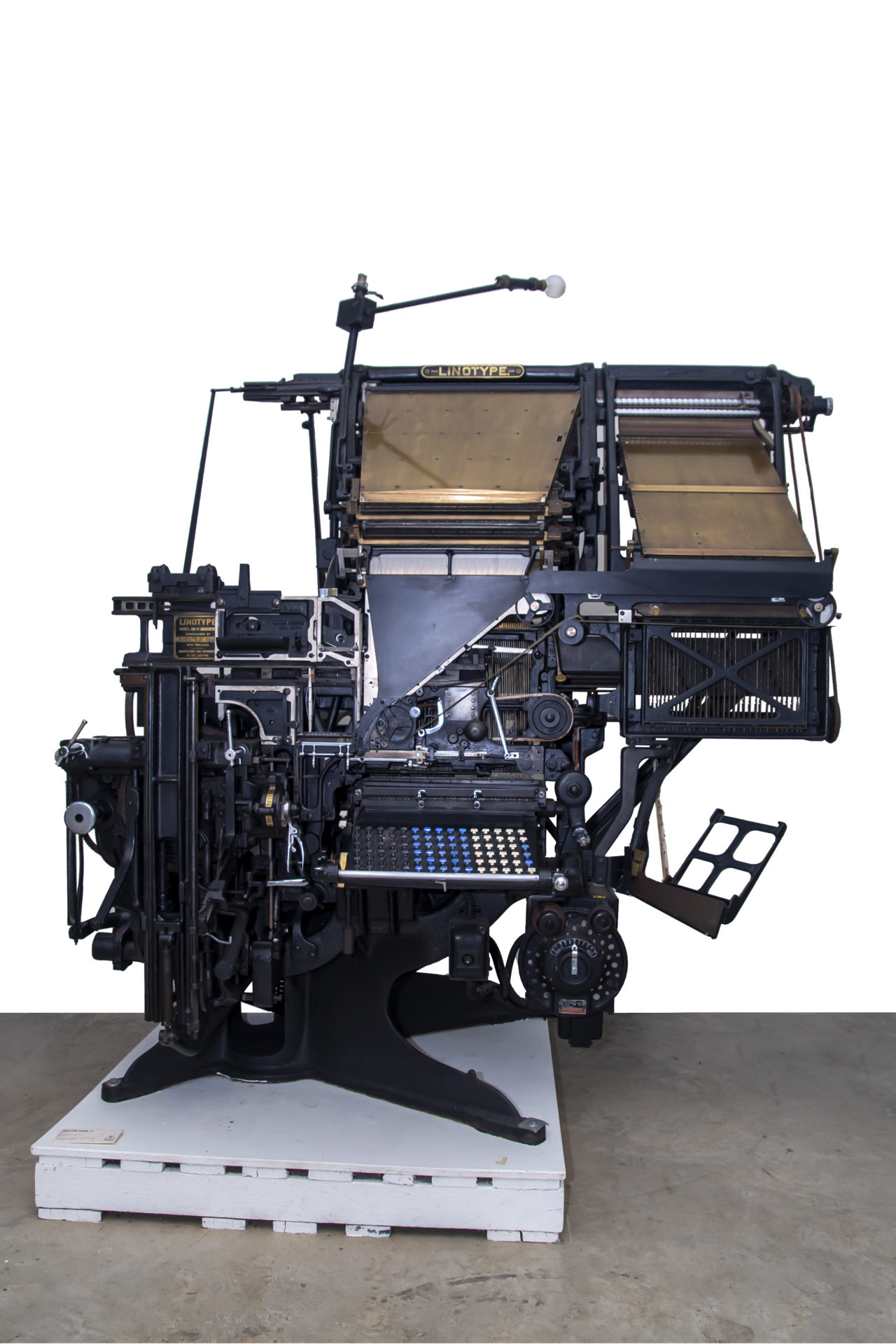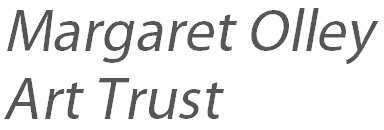History
When Fred T. Wimble made his first batch of ink in Melbourne in 1868, he was the first to produce an Australian manufactured printers’ ink. Born in London in 1846, Wimble came from a strong family tradition in the industry. His father, Benjamin Wimble, had pioneered coloured printing ink in England, creating the first supply of red ink to Cambridge University Press.
Fred travelled to Australia at the age of twenty-one. Suffering from ill health, his doctor had advised a sea voyage, which his father financed. Arriving in Melbourne in July 1867 with a selection of lithographic materials, bronzes, and a large consignment of inks, Wimble soon recognised that there was an opportunity to manufacture the first Australian made printing inks. This was an obvious benefit to local printers, providing greater profit than using imported inks. Fred wrote to his father in England asking for fresh supplies and permission to use his recipes. His father not only granted his request but also sent an ink mill, steam engine and other equipment.
The year of 1868 was a year of beginnings in Australian manufacturing with the opening of Australia’s first woollen mills, first paper mills and production of the first printing ink. It was also the first year an Australian newspaper, the Melbourne Star, was printed using Australian made paper (produced by Ramsden Paper Mills) printed in F.T. Wimble’s blue ink.
It soon became clear that Melbourne alone could not provide the market Wimble desired and from 1869 he began to travel extensively throughout Australia introducing local printers to his inks while emphasising the need for people to support and develop Australian industries. Winning the tender for the first Australian manufactured coloured stamp, the South Australian ‘penny red’ printed in 1869, Wimble acquired other government printing contracts for Queensland, Tasmania, Western Australia and New Zealand. By 1875, seven years after he had arrived in the colony, his inks were being used across Australia and New Zealand.
During 1876 Wimble travelled home to England via America securing the Australian agency for a number of American and English firms. Only a few months after his return Australia, Fred Wimble moved headquarters to Sydney where he proceeded to establish the first electrotyping and stereotyping processes. At this time J.W. Goddard and Henry Franks became partners in the company which became F.T. Wimble & Co.
By 1880, F.T. Wimble & Co. was in a position to supply everything a printer needed. Its agencies in England and America could import the latest machinery and its own plant could meet any requirements for ink, rollers and type.
Between 1882 and 1893 Fred Wimble moved his attention away from the day-to-day running of his company. He focused on establishing the Cairns Post and spent five years in the Queensland Parliament as a Liberal candidate.
Fred T. Wimble has been described as a kind and considerate employer who expected and received loyalty from his employees. He helped in the establishment of the Sydney Printers’ Technical Club (later transferred to the Sydney Technical College) which held printing classes at a time when apprentices had no other way of learning than on the job. During his time Wimble also witnessed the development of his company, first to Sydney and then its expansion at Clarence Street and the building of the Mascot plant. He was friend and confidant of the early newspaper families in Australia such as Bonython, Fairfax, Murdoch, Syme, MacDonald (The Age) and Archibald. He remained the company’s chairman from when it was floated on the Sydney Stock Exchange in 1920 until his death in 1936 at the age of eighty-nine.
The family continued to stay in control of the company until 1970 when the Board arranged for an investment company to acquire control under Mr. H.L. Wallace. Wallace acquired total control of the company in 1975, introducing it to the Asia Pacific region. Wallace also began to collect printing machinery and equipment relating to the early history of F.T. Wimble & Co. F.T. Wimble Museum curator Ralph Grisdale was the last employee to work under the company’s founder, starting in 1934 at the age of fourteen. He ‘retired’ in 1984 to devote two days a week for the next sixteen years to the restoration of the machines. In 1998 the collection was offered to the New England Regional Art Museum.
The establishment project of the Museum of Printing at the New England Regional Art Museum (NERAM) was to preserve this historically significant collection by building a gallery space to house it and open the collection to the public. To that end NERAM drew together a unique combination of private, corporate, philanthropic and government sponsors. These Foundation Sponsors – John B. Fairfax, AM, Timothy V. Fairfax, Rural Press Ltd, The Andrew Thyne Reid Charitable Trust and the NSW Government Ministry for the Arts – responded to the vision of the only public museum devoted to the printing trade and the vision of the only regional museum to combine art and industry under the one roof.
The building project began from the ground up – literally. The museum space occupies what was once dirt floor and concrete pilings underneath the east wing of the Art Museum. With the construction completed and the Museum of Printing now open, one phase has been completed; yet the never-ending project of the Museum of Printing – showcasing the importance of the printing industry to rural and regional New South Wales – continues.

